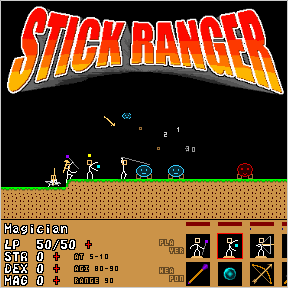
A stone "yoke" of the type frequently associated with Mesoamerican ballcourts was also reported to have been found by local villagers at the site, leaving open the distinct possibility that these rubber balls were related to the ritual ballgame, and not simply an independent form of sacrificial offering. These rubber balls were found with other ritual offerings buried at the site, indicating that even at this early date the game had religious and ritual connotations. Five of these balls have been dated to the earliest-known occupational phase for the site, approximately 1700–1600 BC. Villagers, and subsequently archaeologists, have recovered a dozen balls ranging in diameter from 10 to 22 cm from the freshwater spring there. The earliest-known rubber balls in the world come from the sacrificial bog at El Manatí, an early Olmec-associated site located in the hinterland of the Coatzacoalcos River drainage system. "rubber people") since the region was strongly identified with latex production. The Aztecs referred to their Postclassic contemporaries who then inhabited the region as the Olmeca (i.e. The other major candidate is the Olmec heartland, across the Isthmus of Tehuantepec along the Gulf Coast. In modern Spanish, it is called juego de pelota maya ('Maya ballgame'), juego de pelota mesoamericano ('Mesoamerican ballgame'), or simply pelota maya ('Maya ball'). In Nahuatl, the language of the Aztecs, it was called ōllamaliztli ( ) or tlachtli ( ). This term originates from a 1932 article by Danish archaeologist Frans Blom, who adapted it from the Yucatec Maya word pokolpok. In English, it is often called pok-ta-pok (or pok-a-tok). The Mesoamerican ballgame is known by a wide variety of names. 5 The ballgame in Mesoamerican civilizations.These ballcourts vary considerably in size, but all have long narrow alleys with slanted side-walls against which the balls could bounce in. Pre-Columbian ballcourts have been found throughout Mesoamerica, as for example at Copán, as far south as modern Nicaragua, and possibly as far north as what is now the U.S. The sport was also played casually for recreation by children and may have been played by women as well. Late in the history of the game, some cultures occasionally seem to have combined competitions with religious human sacrifice. The Mesoamerican ballgame had important ritual aspects, and major formal ballgames were held as ritual events. The ball was made of solid rubber and weighed as much as 4 kg (9 lbs), and sizes differed greatly over time or according to the version played. In the most common theory of the game, the players struck the ball with their hips, although some versions allowed the use of forearms, rackets, bats, or handstones. The stone ballcourt goals are a late addition to the game. The rules of the Mesoamerican ballgame are not known, but judging from its descendant, ulama, they were probably similar to racquetball, where the aim is to keep the ball in play.

The sport had different versions in different places during the millennia, and a newer, more modern version of the game, ulama, is still played by the indigenous populations in some places.

The Mesoamerican ballgame ( Nahuatl languages: ōllamalīztli, Nahuatl pronunciation:, Mayan languages: pitz) was a sport with ritual associations played since at least 1650 BC by the pre-Columbian people of Ancient Mesoamerica. The ball in front of the goal during a game of pok-ta-pok.


 0 kommentar(er)
0 kommentar(er)
